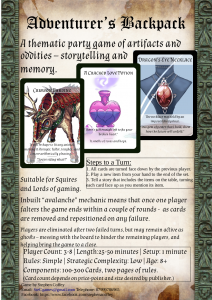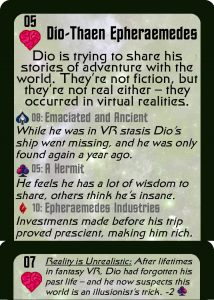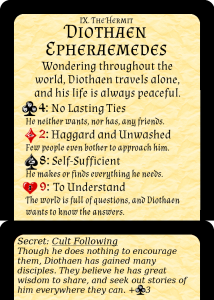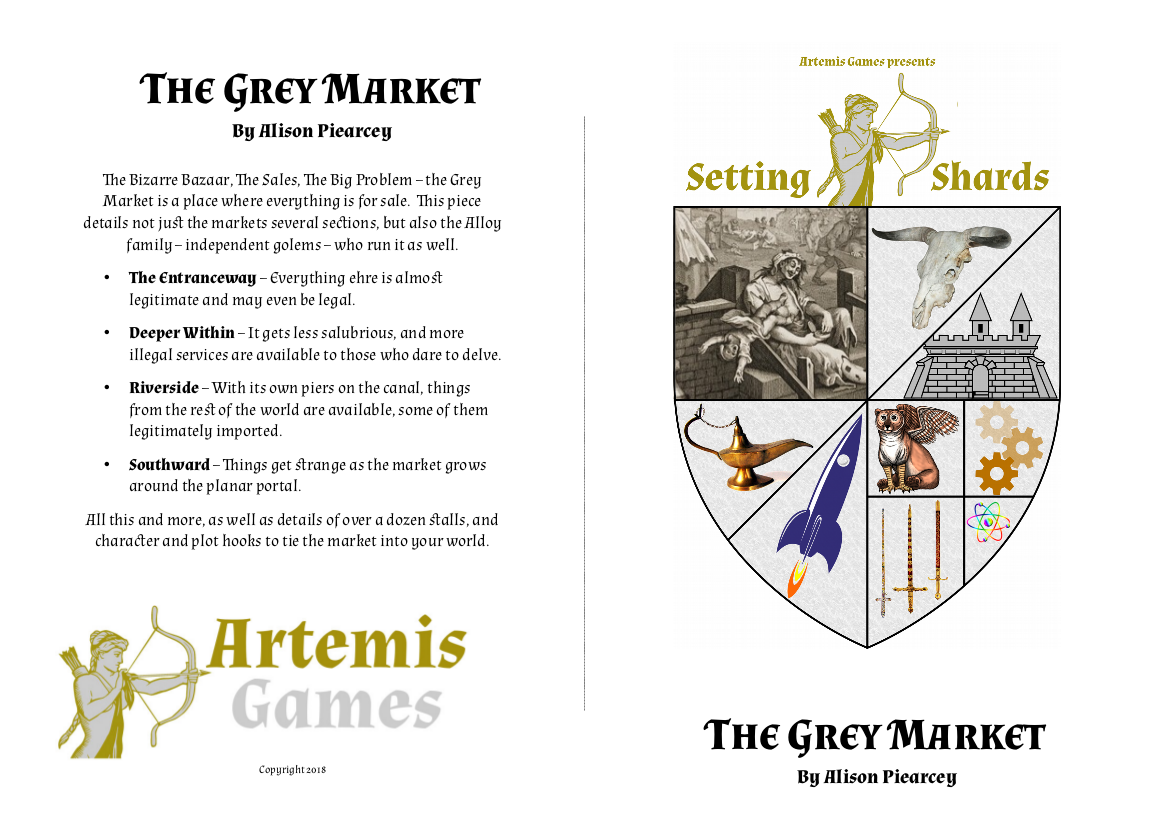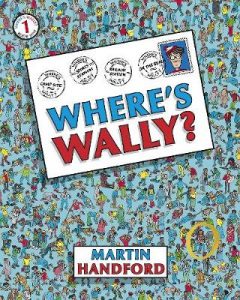
Games about finding someone come in many forms
There are a good few games percolating in my noggin – at least a dozen1)though from what I hear many successful designers have far more. But there are even more ideas than there are games – and I don’t feel comfortable abandoning a good idea even if I don’t know what to do with it.
So I’m going to use today’s blog to do something with one of those useless (to me) good ideas.
I was listening to a podcast on Hidden Movement Games and I got stuck on a single thought: Why can’t the game pieces serve as a neutral arbiter? Perhaps it’s because I loved Stratego as a kid, or my interest in MtG’s design but I simply couldn’t resist fixing the problem of relying on player honesty.
The Solution?
For the purposes of this solution we’re reliant on a game with only one player controlling hidden characters: changing that is possible but awkward and, if you want characters to bump into each other, an engineering challenge (I’ll give a brief thought at the end as to how to make it work).
The core of the vast majority of hidden information in games is having something face down – and this is no exception. But just one face-down thing is useless for a hidden movement game – you can see exactly where it is!
Instead you use multiple face down things, just one of which matters – you pull a three-card monte. In addition to your “I am here” token, the hidden player has a number of “nuh-uh” tokens, with identical backs, that indicate places they could be – until searched.2)Amy’s suggested I was drawing on Flashpoint (one of my recent favourites) when I came up with that idea, and it’s set of false alarm tokens. She might be right, it has certainly been on my mind as part of another game design…
That gets the hidden placement down, but hidden movement requires a tiny bit of extra finesse. First you have to define how your hidden character can move.3)If you’ve got more than one type, they’re either going to have to all have the same movement method, or they’ll need different backs and separate sets of “nuh-uh”s. Then you have a three stage process of movement:
- Pick up any number of “nuh-uh” tokens, revealing them, and putting them into your hand. These are spaces that it’s now clear you’re *not* in.
- Choose any token that you want to move into previously empty spaces, and a set of empty spaces it could move into.
- For each such space, take a “nuh-uh” token, then take the original token (without revealing it) and put them all onto the board face down, as you wish. The original token may now be in any of the spaces filled this way (or even back where it started – this is after all about hiding your position)
- Rinse and repeat – remembering that this process can only be used with empty spaces, not ones filled earlier this turn.
- Pick any number of tokens on the board in spaces that weren’t empty at the start of the turn, and that can all reach each other by a single movement (in some games this will always be a pair tokens, in others it may be more).
- Pick up all those tokens, without revealing them, and then place them back down in any arrangement you want.
- Rinse and repeat, but with the restriction that you can never pick up a token you’ve already used in part 3.
And that’s it. Thoroughly hidden movement – how the other player goes about flipping your pieces to take a look is part of the rest of the game, and I’m not worried about it.
But what about having multiple players with hidden movement?
Well, each could player have their own tokens, each part of the board having space for one from each player. That’s really damn awkward – you could be in the same space as each other and you’d never know it. The engineering comes in at this point – each players real piece, the one that isn’t a “nuh-uh” has a magnet in it: just a small one, not very sensitive, but enough that if placed in “sensing range” of another players piece they’ll feel the tug. If placed directly on another players piece, it may even be obvious to the whole table!
What are your thoughts? Anyone got a brand new idea for how to make a great game from this? Let us know on Facebook or Twitter
References
| 1. | ↑ | though from what I hear many successful designers have far more |
| 2. | ↑ | Amy’s suggested I was drawing on Flashpoint (one of my recent favourites) when I came up with that idea, and it’s set of false alarm tokens. She might be right, it has certainly been on my mind as part of another game design… |
| 3. | ↑ | If you’ve got more than one type, they’re either going to have to all have the same movement method, or they’ll need different backs and separate sets of “nuh-uh”s. |

